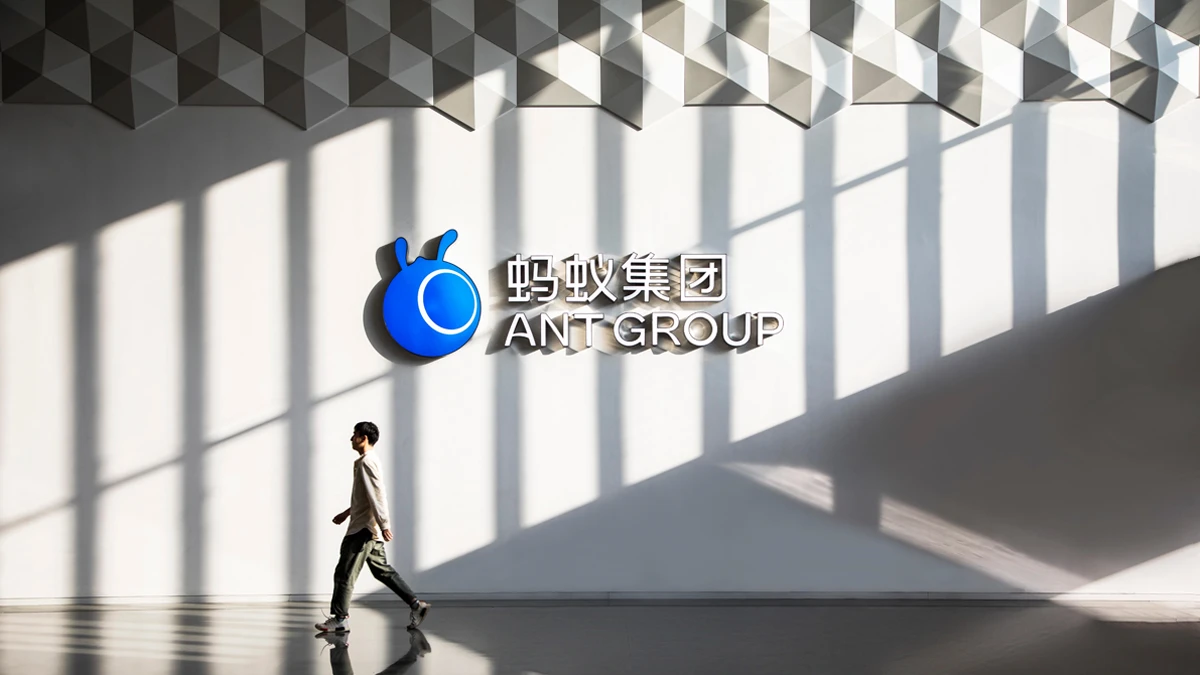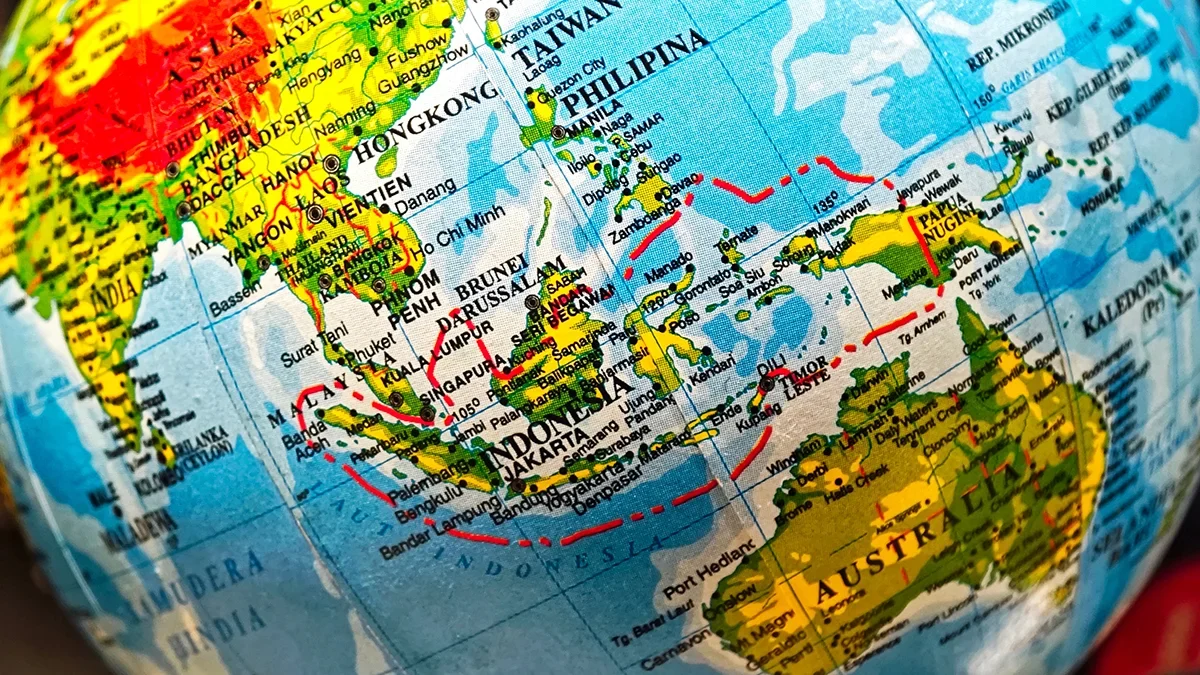(Re)in Summary
• Ant Insurance is leveraging Ant Group’s Alipay, the world’s largest e-wallet customer base, and AI to improve the way it works with insurance carriers.
• The company aims to shift China’s insurance industry from a sales-focused model to one centred on efficiency and engagement.
• Ant’s AI tools target younger consumers and aim to expand insurance adoption beyond major Chinese cities.
• Ant Insurance has sold over 600 million policies through its 90 partners since its 2013 launch.
• In the first half of 2024, Ant’s AI-enabled claims platform issued RMB 14bn (US$1.93bn) in payouts, a 30% increase from the previous year.
Ant Insurance, the online insurance brokerage platform of China’s digital finance service leader Ant Group, is using its massive installed base of e-wallet users to grow its policy brokerage business, and leveraging what it argues is one of the most powerful AI foundational models to digitise, accelerate and simplify the customer claims process.
In doing so, it hopes to dismantle China’s legacy sales-focused, pay-and-claim insurance industry and become an engine of operational efficiency and customer engagement for the country’s top insurance firms.
Ant Insurance, launched in 2013, claims that its 90 insurance partners have sold over 600 million policies over its platform since then. Earlier this week, Ant announced that its AI-enabled claims platform issued RMB 14 billion (USD 1.93 billion) in payouts in the first half of 2024, 30% more than the same period last year.
“This platform increases ease of access and experience for our users, and dramatically reduces claims processing workloads for our insuring partners,” observes Fang Yong, Head of Claims technology for Ant Insurance during an interview with (Re)in Asia at the group’s head office in Hangzhou, China.
This platform draws upon the deep digital roots and massive scale of its parent company and its ‘grandparent’ Alibaba.
Fang Yong
Head of Claims Technology for Ant InsuranceAlipay, the world’s largest mobile payment platform, with 1.3 billion users (over a billion of which are in China) and some 80 million merchants, has been a key part of Ant’s service portfolio since 2004.
Ant Insurance is one of the many service extensions the company offers through Alipay and has expanded this into an AI-enabled one-stop insurance platform, allowing customers to select and manage policies, and even submit and receive payment for claims from some 1000 different products (including outpatient, accident, and even pet insurance) offered by China’s 90 largest insurers.
Ant’s technology platform and the vast consumer reach of its Alipay e-wallet platform are pitched as assets to its insurance provider clients. AI tools have also been essential in augmenting customer adoption.
Since 2022, Ant has offered AI-enabled search and decision support through its GoldenChoice (Jinxuan) service, which employs what it calls an AI Multi-factor Model to allow customers to set five criteria to compare and select competing policies.
Fang notes that this has aided Ant in its growth strategy aimed at getting younger (under 30) consumers to buy insurance, and to expand its reach beyond China’s core urban markets. “More than 55% of our customers are in cities below Tier Three,” says Fang.
Ant is seemingly disinterested in becoming an AI systems integrator for insurers, although it does see AI as essential to the value proposition it provides them. Fang acknowledges that they are providing AI ‘as-a-service,’ but does not believe that insurers should be completely reliant on Ant. “Insurers need to do their own AI foundational work,” says Fang.
EasyClaims (Anxinpei in Chinese) is an AI-powered settlement service launched in 2022. AI agent engagement assesses the users’ eligibility, and users can submit photos of claim documentation directly through their Alipay accounts. EasyClaims covers outpatient services, hospitalization, critical illness, accidents, and pet insurance.
Much of Ant’s AI capabilities therefore do what automation tools ought to do: streamline processes and reduce workloads. While not exactly a loss leader, the process improvement from Ant’s claims processing tools provides added value for Ant’s partners that doesn’t cost the insurers much at all (or in the case of the document capturing tool, anything at all).
At a more fundamental level, Fang believes Ant’s claims technology is attempting to overcome two challenges rooted in the legacy business model of China’s insurance industry.
The first is the traditional role of the brokerage, which has long been “focused on simply facilitating sales rather than improving customer experience and trust.” This, he feels, is being addressed today through the implementation of advanced AI technologies.
Highly accurate AI-assisted image recognition capabilities, for example, allow users to quickly and easily snap pictures of their medical receipts or their dog’s noses and have their claims processed fast. Fang notes that over 85% of Haoyibao customers now receive a decision and payout within two days of submission.
The second challenge is still a work in process. “China’s insurance market is overwhelmingly a ‘pay-and-claim’ one,” says Fang. Increased use of embedded AI tools at clinics and hospitals, Fang believes, will increasingly be used to flip the model to a ‘pay-on-site’ one.
Resolving both these issues, Ant believes, is fundamental for accelerating growth in the personal policy market.














